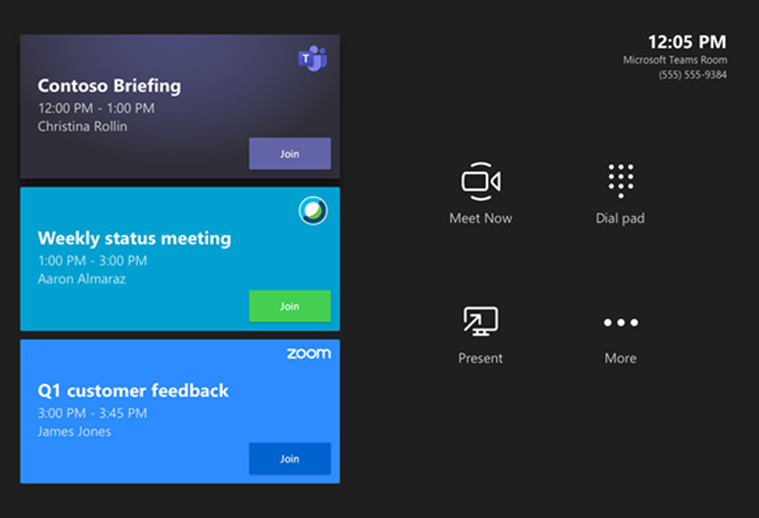Many popular meetings platforms like Zoom and Webex have an option to add a SIP Address for Skype for business users to dial directly into the meeting from the Skype for Business client.
We just deployed our first MTR and it actually is a lot easier to allow Zoom / Webex through either the TAP interface or via the Teams Admin Center where you can access the device settings. Once you enable access to Zoom and/or Webex invites AND allow external invites to be processed by the room's exchange mailbox, any invite forwarded to the. In this comparison video, find out whether Zoom, Microsoft Teams, or Cisco Webex has the best audio and video. I compare the audio and the video across all o. Zoom and Webex are both highly-rated web conferencing providers, and as such, they both offer a wide range of standard features. Screen sharing, whiteboarding, cloud recording, chat features,.
It’s not the slickest user experience and not something I would necessarily recommend. Still, interestingly you can dial this SfB SIP URI from Microsoft Teams to join the Zoom or Webex or another platform meeting.
You are probably better joining with the native client for those platforms.
This works via federation, so you need to be in Teams Only mode (which allows federation) and have federation enabled. Unfortunately, most Teams users won’t know what “mode” they are in.

How do Zoom and Webex meetings get a Skype for Business Join SIP URI?
In Zoom, it is an option that the person inviting you to the meeting has to enable. e.g. in Zoom details are here
In Webex, there is a special format SIP URI you can dial,
- The username is the prefix of the host’s room video address, in the format of username@sitename.webex.com
- For a scheduled meeting: meetingnumber.sitename@lync.webex.com (For example, 123456789.example@lync.webex.com)
- For a Personal Room meeting: username.sitename@lync.webex.com (For example, acassidy.example@lync.webex.com)
More details here
Dialling the Skype for Business SIP address from Microsoft Teams to join a Zoom Meeting

In this example, I’ll use Zoom, but it will be much the same for any meeting platform that allows SfB SIP URI dial-in.
If the zoom user has the feature enabled, at the very bottom of the invite, there is a link to “Join by Skype for Business.”
That link takes you to a web page that is just a button to launch a link to a SIP URI. I’m not sure why they don’t put the SIP URI in the invite, maybe to allow click to launch SfB, possibly to avoid users confusing it with the standard non-SfB SIP URI in the invite.
If you have SIP: associated with Microsoft Teams, it will try to launch Teams

Otherwise, you may be given a selection of apps to choose from.
Or you might need to take this SIP URI and paste it into a new chat in Teams then “search externally.”
You can see in Teams it shows as a SfB federated contact, you can click the video call button, top right.
You will see audio and video working.
You can input the password to join the Zoom meeting with the keypad.
How does it work?
This works on the Teams desktop client (electron) and mobile app. I found it wasn’t working for me in the web app, though logically it should.
What is happening here is, even though the Teams desktop and mobile clients don’t have SIP in them, they can connect to an Office 365 gateway to allow SfB federation. This call is going via that SfB federation gateway.
The Teams user needs to be in Teams only; otherwise their federation is still via Skype for Business and must have federation enabled.
Compare Zoom Teams Webex
Microsoft Teams Rooms
Zoom Vs Webex Vs Teams
Microsoft Teams Rooms can also do this, but they are actually dual-stack clients, they have an SfB client that makes the call directly without using the Office 365 gateway. They also have an upcoming feature to natively join WebEx and Zoom meetings which will be a superior user experience.
Zoom Teams Webex Login
What about Cloud Video Interop (CVI)?
Zoom Teams Webex Meet
Cloud Video Interop (CVI) is about enabling standards-based rooms to dial into Microsoft Teams meetings, it doesn’t enable Teams to dial out to a standards-based room.

